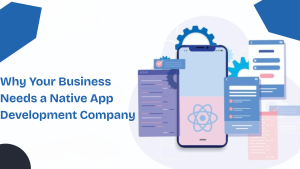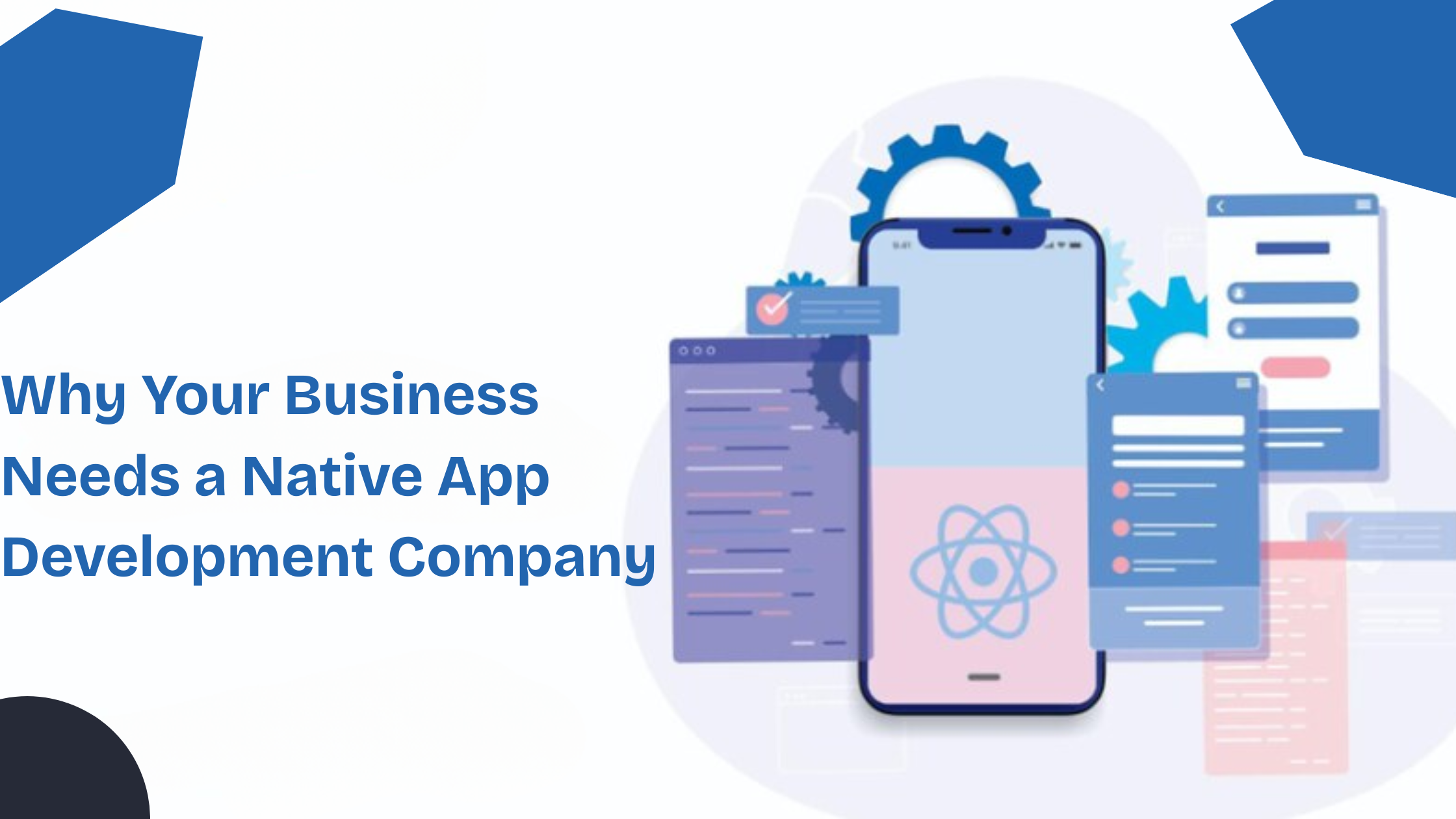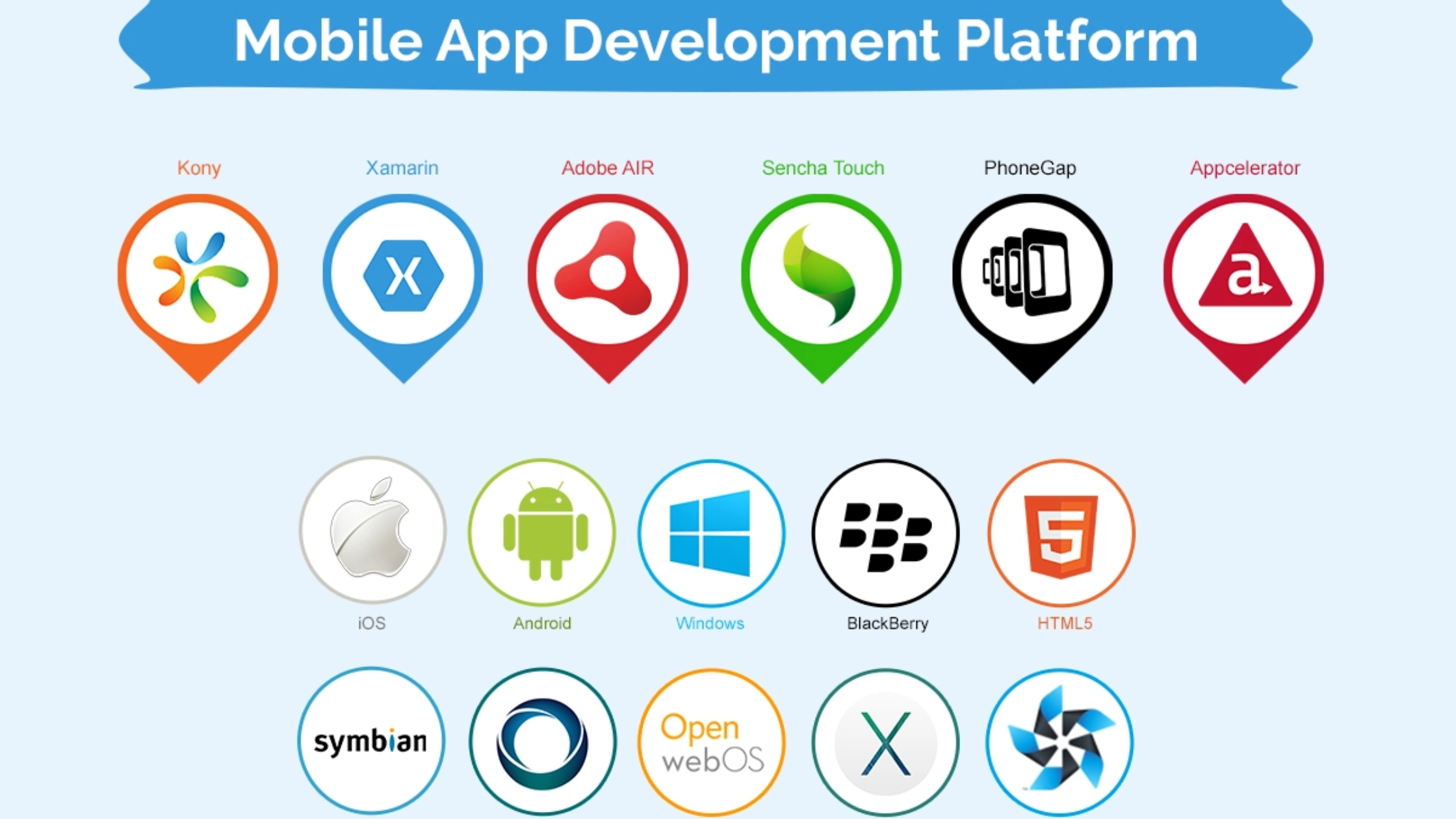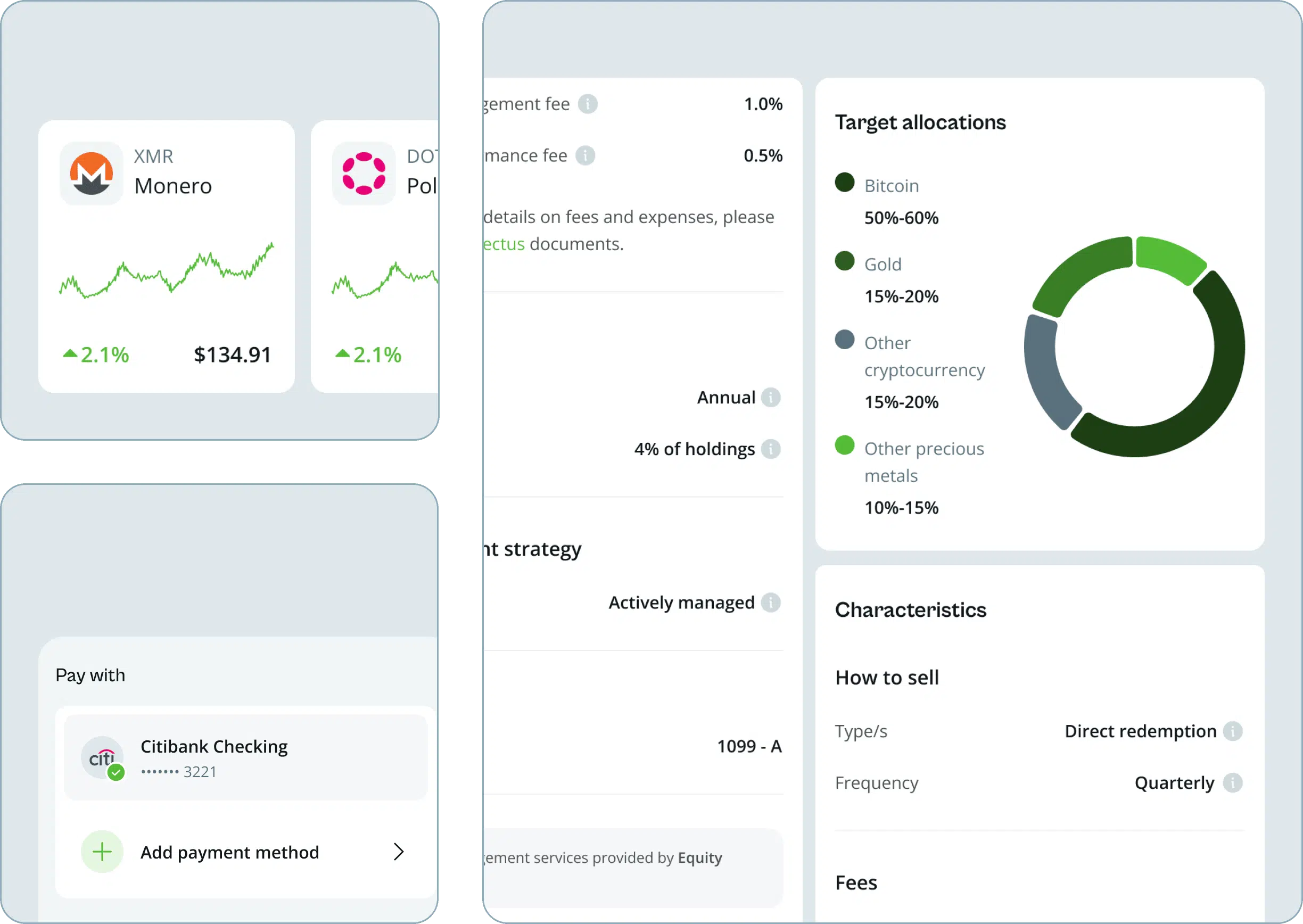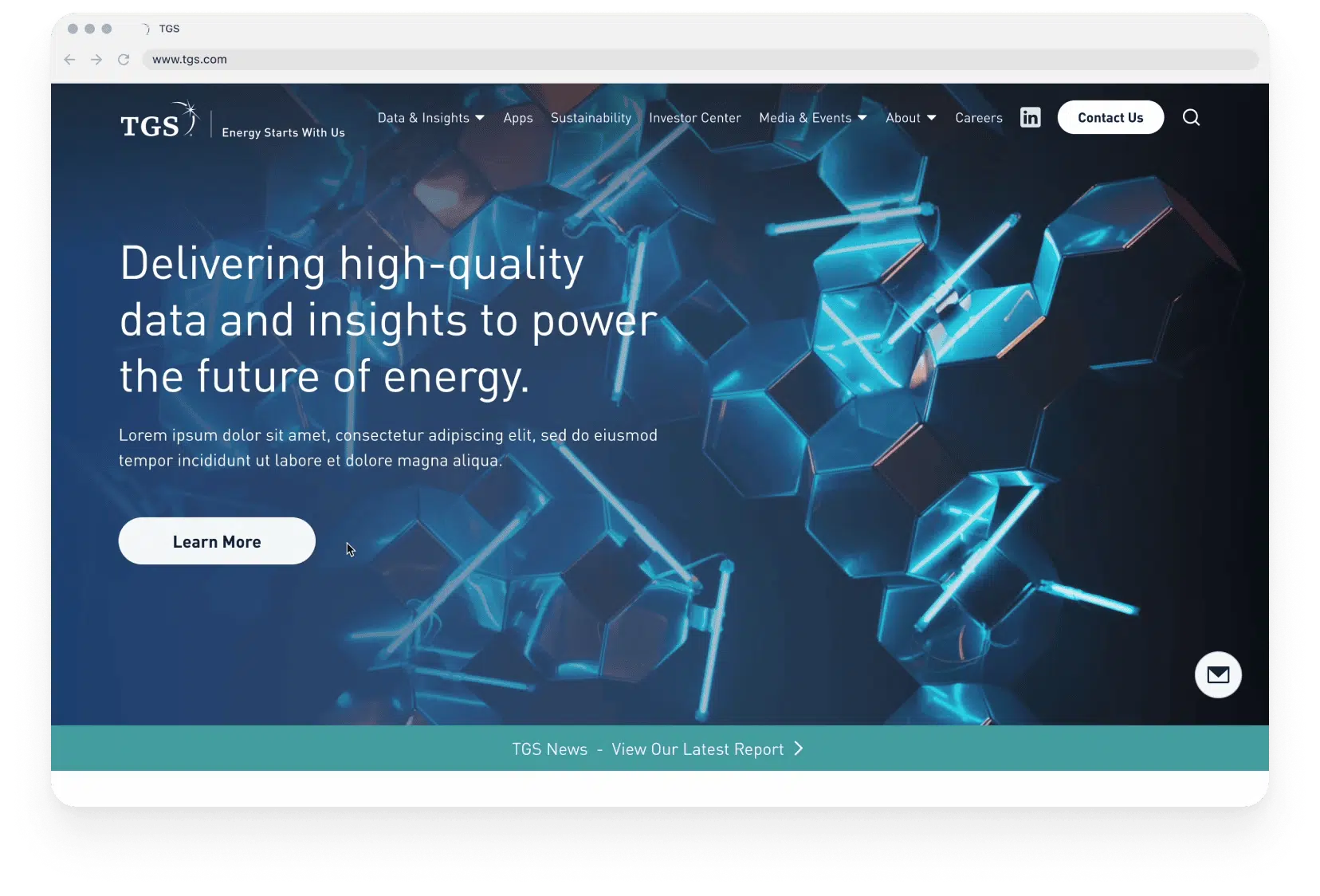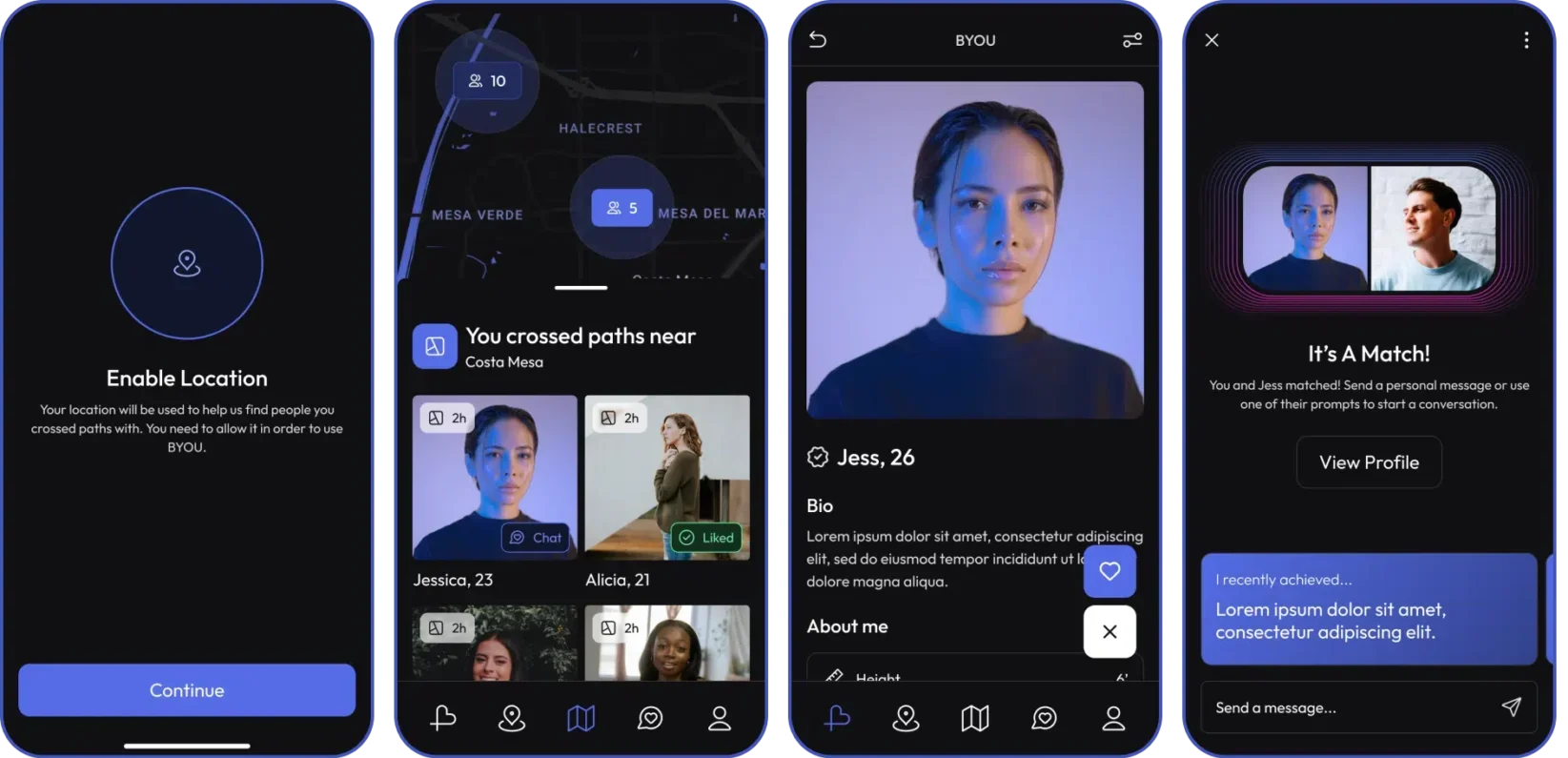In the digital era, SEO (Search Engine Optimization) is one of the most effective ways to increase a business’s visibility, attract targeted traffic, and drive growth. For B2B (business-to-business) companies, SEO is an essential tool that helps them stand out in a crowded market, generate leads, and build long-term relationships with other businesses. However, B2B SEO requires a tailored approach that differs from B2C (business-to-consumer) strategies. In this blog, we will dive deep into a B2B SEO case study to analyze how effective SEO strategies can transform a business’s online presence and drive real results.
This detailed B2B SEO case study will walk you through the challenges faced by a typical B2B company, the strategies implemented, and the results achieved. You’ll also gain insights into B2B SEO strategies that you can apply to your business for growth.
Understanding B2B SEO: What Makes It Different?
Before delving into the B2B SEO case study, it’s important to understand what makes B2B SEO different from B2C SEO. While both involve optimizing a website for search engines, B2B SEO focuses on targeting other businesses rather than individual consumers. The target audience in B2B SEO is generally decision-makers or key stakeholders within organizations, such as CEOs, marketing managers, and procurement officers. As a result, B2B SEO requires a more targeted approach, involving a deep understanding of the business landscape, competition, and the specific pain points of businesses.
Here are some key characteristics of B2B SEO:
- Longer Sales Cycles: B2B transactions typically involve more research and longer decision-making processes, often taking months. As a result, SEO content needs to address multiple stages of the buying cycle.
- Targeted Keywords: B2B SEO relies heavily on long-tail keywords and industry-specific terms that potential business clients search for.
- Higher Stakes: B2B businesses usually sell high-value products or services, making SEO even more critical as the cost of acquiring a customer is higher.
- Focus on Lead Generation: In B2B SEO, the main goal is not just to attract traffic but to convert that traffic into quality leads that can eventually turn into clients.
Now that we have a clear understanding of what B2B SEO entails, let’s dive into our B2B SEO case study to see how SEO strategies can be implemented for business growth.
The Case Study: A B2B Software Company’s SEO Journey
Let’s take a look at a real-world B2B SEO case study of a software development company. This company offers business software solutions for small and medium-sized enterprises (SMEs) but was struggling to increase organic traffic and generate high-quality leads from their website. Their main challenges included:
- Low visibility in search engines for relevant keywords.
- High bounce rates on key landing pages.
- Difficulty in generating qualified leads despite heavy investment in paid advertising.
This is where B2B SEO strategies came into play. The company partnered with a professional SEO team to improve their website’s ranking, increase traffic, and optimize their lead generation efforts.
Step 1: Keyword Research and Analysis
The first step in the SEO process was comprehensive keyword research. The SEO team focused on identifying high-volume, low-competition keywords that aligned with the company’s offerings. Instead of focusing solely on generic terms like “business software,” they targeted more specific, industry-related keywords such as “SME software solutions” and “project management software for small businesses.”
By conducting competitor analysis, the team was able to identify gaps in the keywords being targeted by competitors and found opportunities to rank for keywords that weren’t yet being optimized.
Step 2: On-Page SEO Optimization
After identifying the right set of keywords, the next step was on-page optimization. This involved ensuring that the targeted keywords were included in key on-page elements such as:
- Title tags and meta descriptions: These were optimized to reflect the target keywords while ensuring they were compelling for users to click.
- Header tags (H1, H2, H3): These tags were structured logically, with keywords placed naturally in the headings.
- Content optimization: The website content was updated to include targeted keywords and provide more value to users by answering common business questions and addressing pain points.
The B2B SEO strategies also focused on improving internal linking, ensuring that important pages were linked together to help both users and search engines navigate the site easily.
Step 3: Content Marketing and Thought Leadership
B2B customers are often in the research phase before making a purchasing decision. To meet their needs, the SEO team implemented a content marketing strategyfocused on creating in-depth, valuable content. This included:
- Blog posts: Articles on industry trends, software comparisons, and case studies were published regularly.
- Ebooks and whitepapers: These pieces of content offered more detailed insights and were gated, meaning users had to submit their contact information to access them—turning visitors into leads.
- Video content: Short, engaging videos were created to explain the software’s features, benefits, and use cases, providing valuable information for decision-makers.
By providing helpful content that aligned with the search queries of business buyers, the company positioned itself as a thought leader in its industry.
Step 4: Link Building and External SEO
SEO isn’t just about on-site optimization; it also involves building credibility through off-site SEO. In this case, the SEO team launched a link-building campaign to acquire high-quality backlinks from reputable business websites, industry blogs, and press releases. These backlinks signaled to search engines that the company’s website was trustworthy and authoritative.
The team also reached out to influencers in the software and business community, encouraging them to share the company’s content, which further boosted its domain authority.
Step 5: Conversion Rate Optimization (CRO)
A key part of B2B SEO strategies is not just bringing traffic to your site but converting that traffic into qualified leads. The website’s landing pages were redesigned to improve conversion rate optimization (CRO). Some of the improvements included:
- Clearer Call-to-Actions (CTAs): Strategically placed buttons encouraging users to request a demo or schedule a consultation.
- Simplified forms: The forms were made shorter and more user-friendly, reducing friction for potential leads.
- Trust signals: Case studies, testimonials, and certifications were added to build trust with potential clients.
Results Achieved from the B2B SEO Case Study
After implementing the above B2B SEO strategies, the software company saw significant improvements in its website’s performance:
- Organic Traffic: The company saw a 150% increase in organic traffic over six months.
- Lead Generation: The number of qualified leads increased by 80%, thanks to the optimized landing pages and gated content.
- Keyword Rankings: The website moved from the third page to the first page of Google for several high-conversion keywords like “SME project management software” and “best business software solutions.”
- Reduced Bounce Rate: The bounce rate decreased by 30%, as users found more relevant content and were encouraged to explore the website further.
This B2B SEO case study clearly demonstrates how well-executed SEO strategies can drive organic traffic, improve lead generation, and help a business achieve measurable growth.
Key Takeaways from the B2B SEO Case Study
- Targeted Keyword Research: The foundation of any successful B2B SEO case study is the thorough research of high-volume, industry-specific keywords.
- Valuable Content: Providing useful, informative content positions your business as an authority and helps answer key questions for potential customers.
- Link Building: Acquiring high-quality backlinks from reputable sources boosts your website’s credibility and ranking.
- Continuous Optimization: SEO is an ongoing process, and consistent efforts are necessary to maintain and improve rankings.
Conclusion
As demonstrated in this B2B SEO case study, the right B2B SEO strategies can drive significant business results, including increased traffic, better visibility, and higher lead conversion rates. Whether you’re a small business looking to grow or a larger company aiming to refine your online presence, effective SEO is essential to business success.
If you’re ready to take your B2B SEO to the next level, DIGIMAVERIX is here to help. Their team of expert SEO professionals can craft a customized SEO strategy that aligns with your business goals and drives measurable growth.





